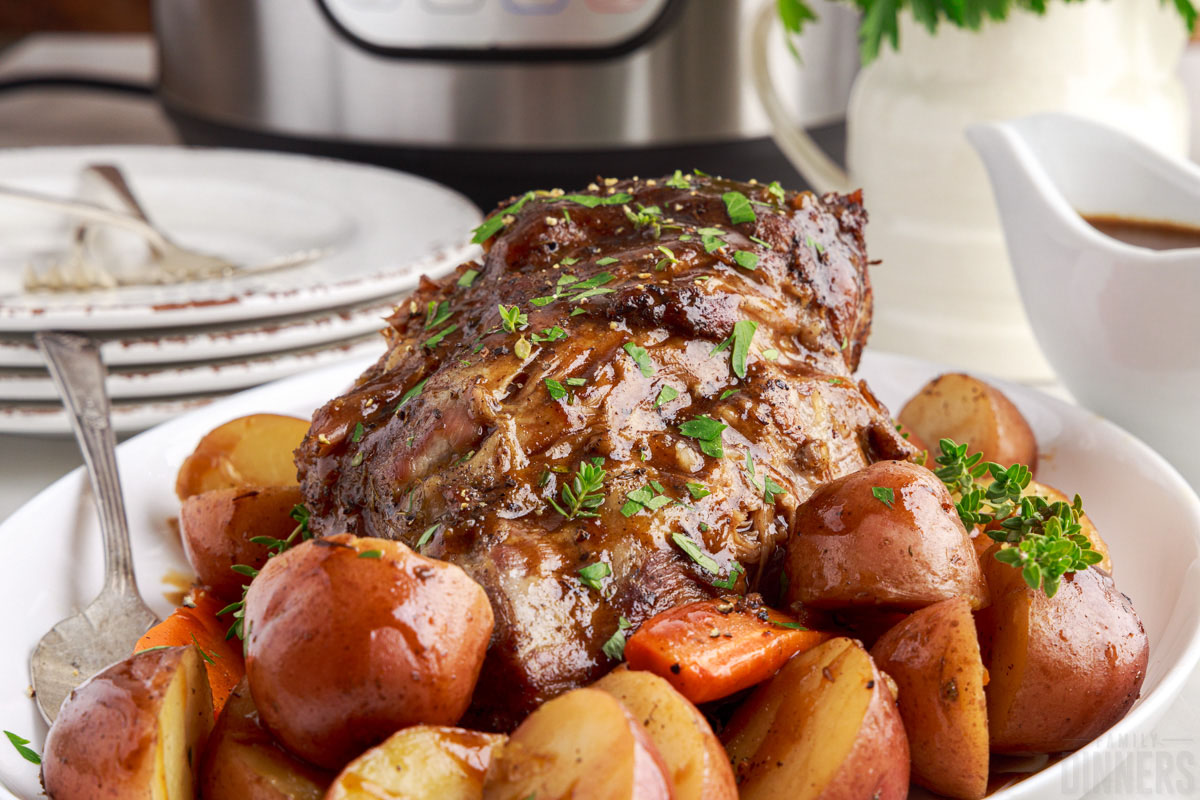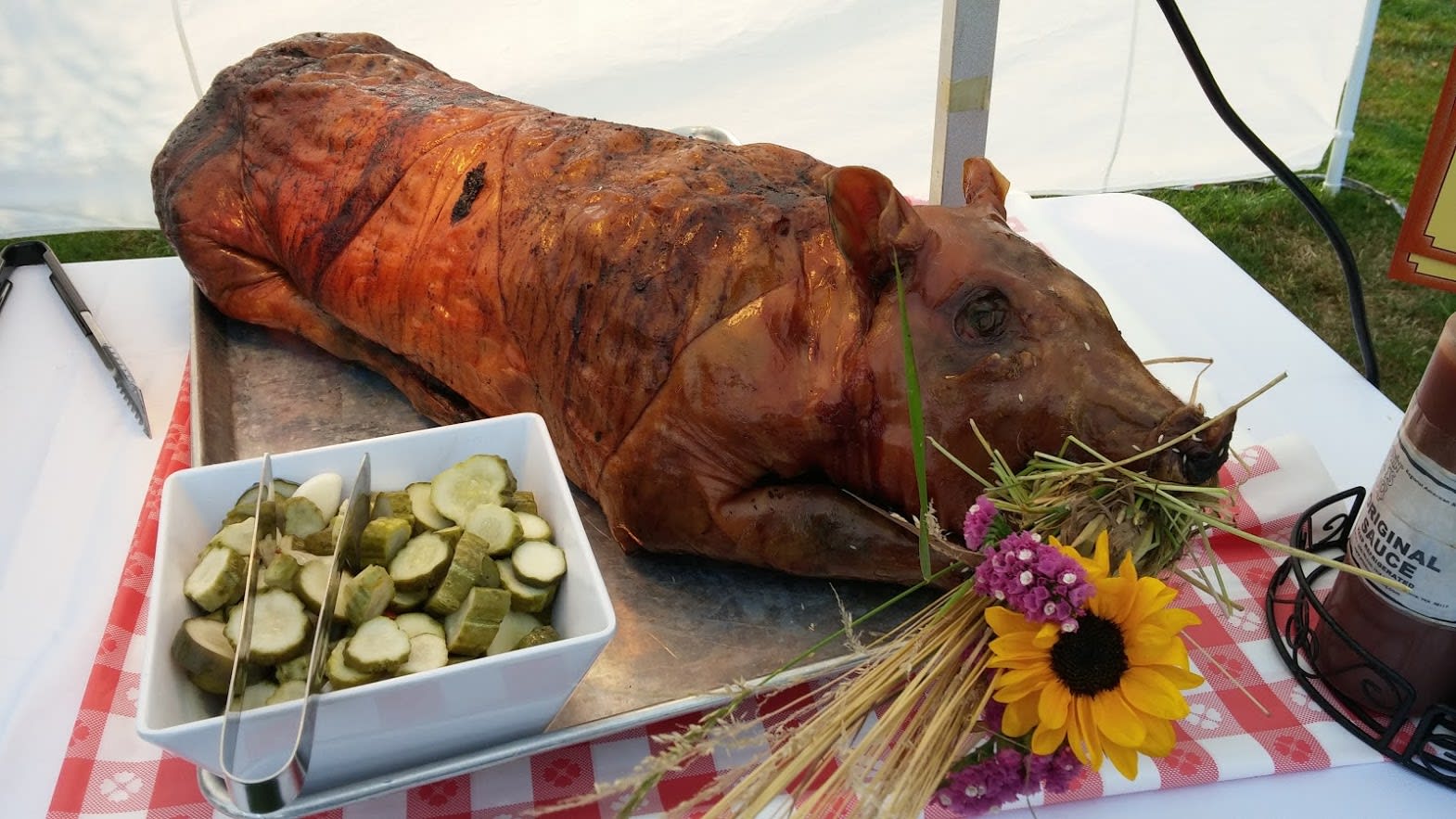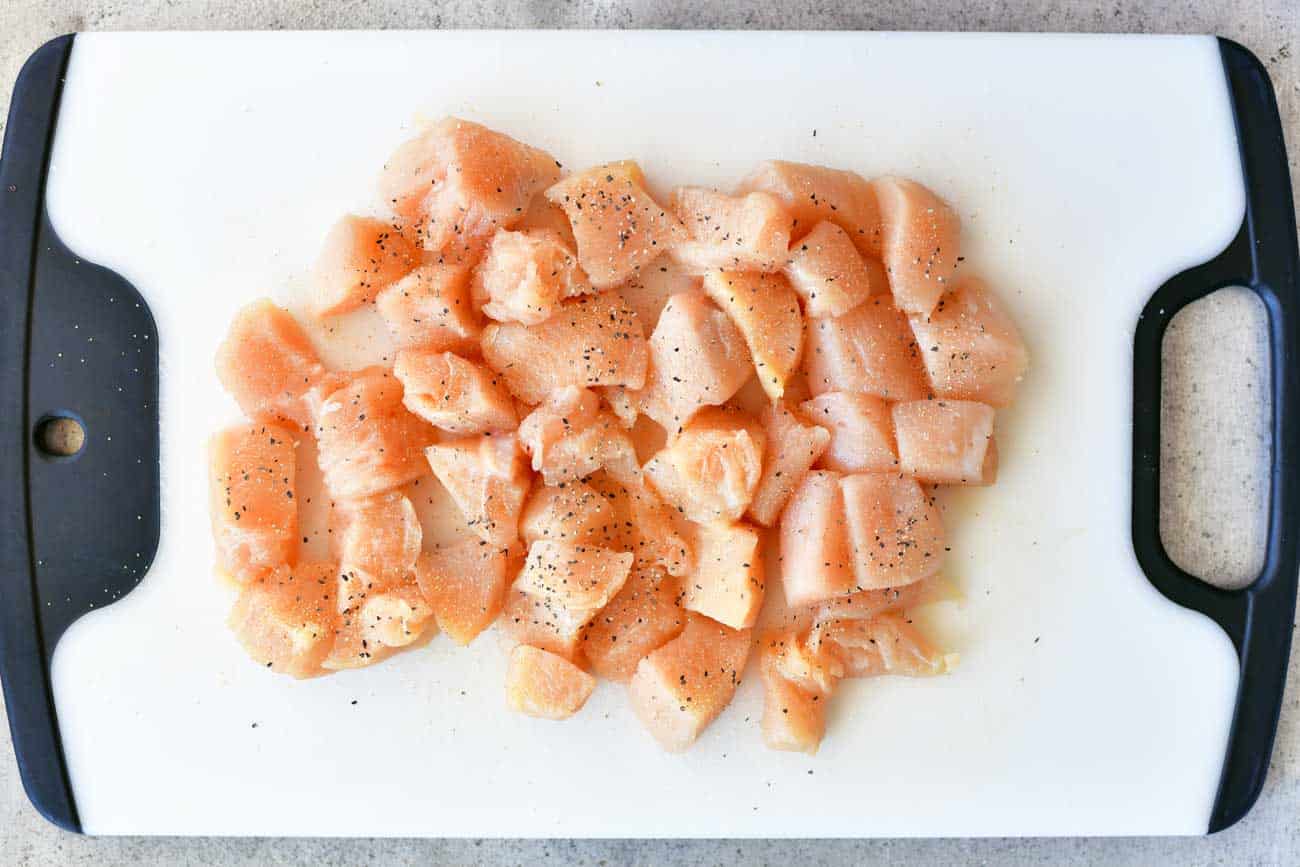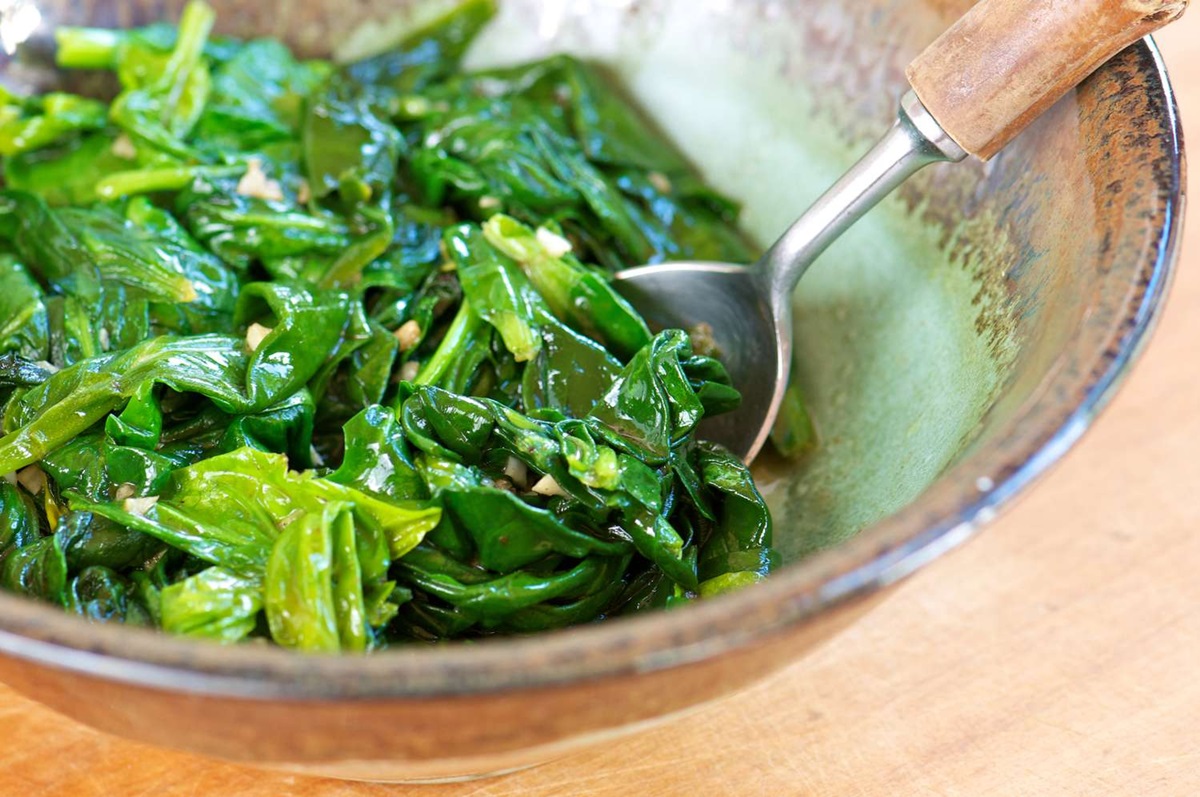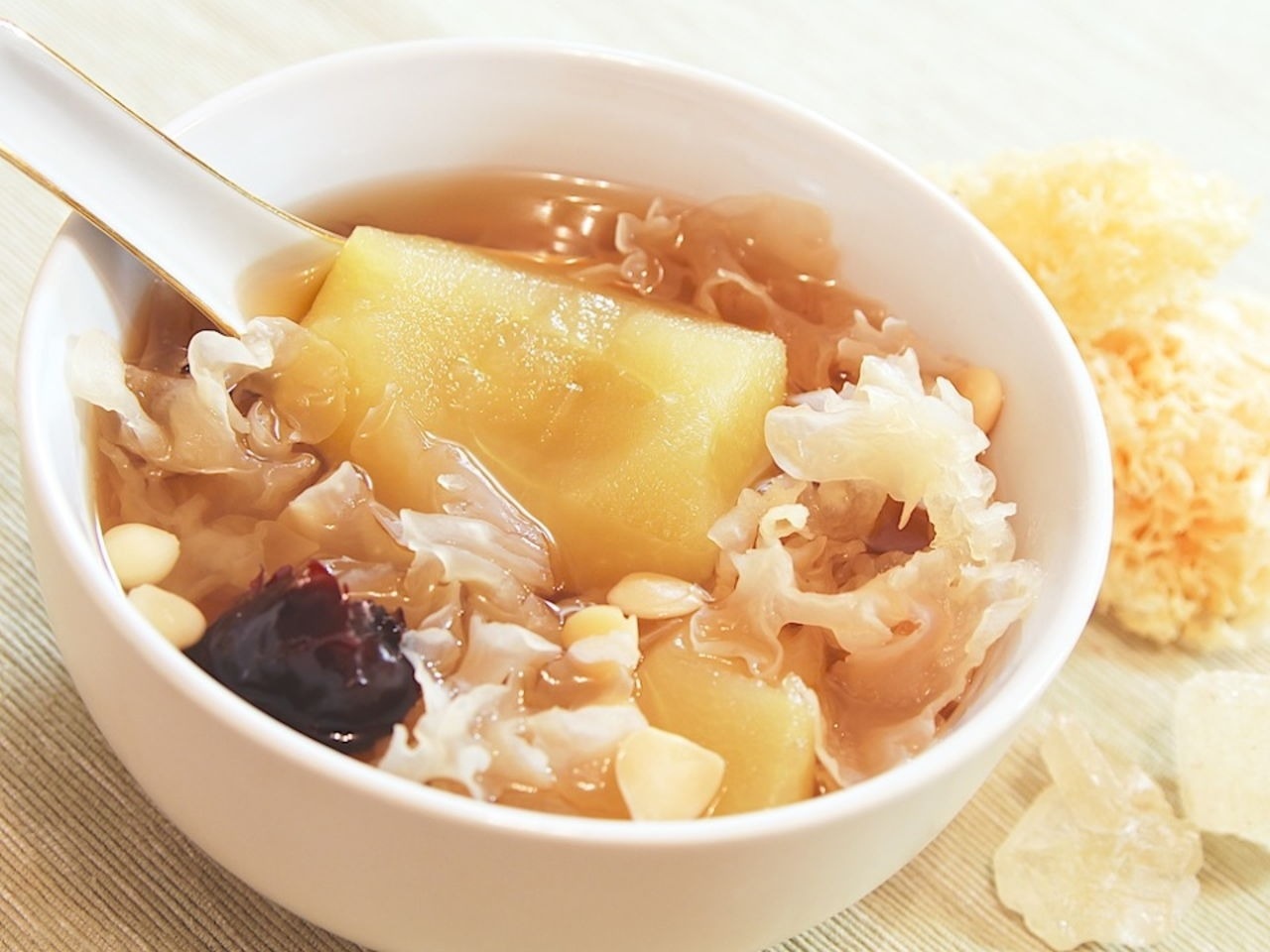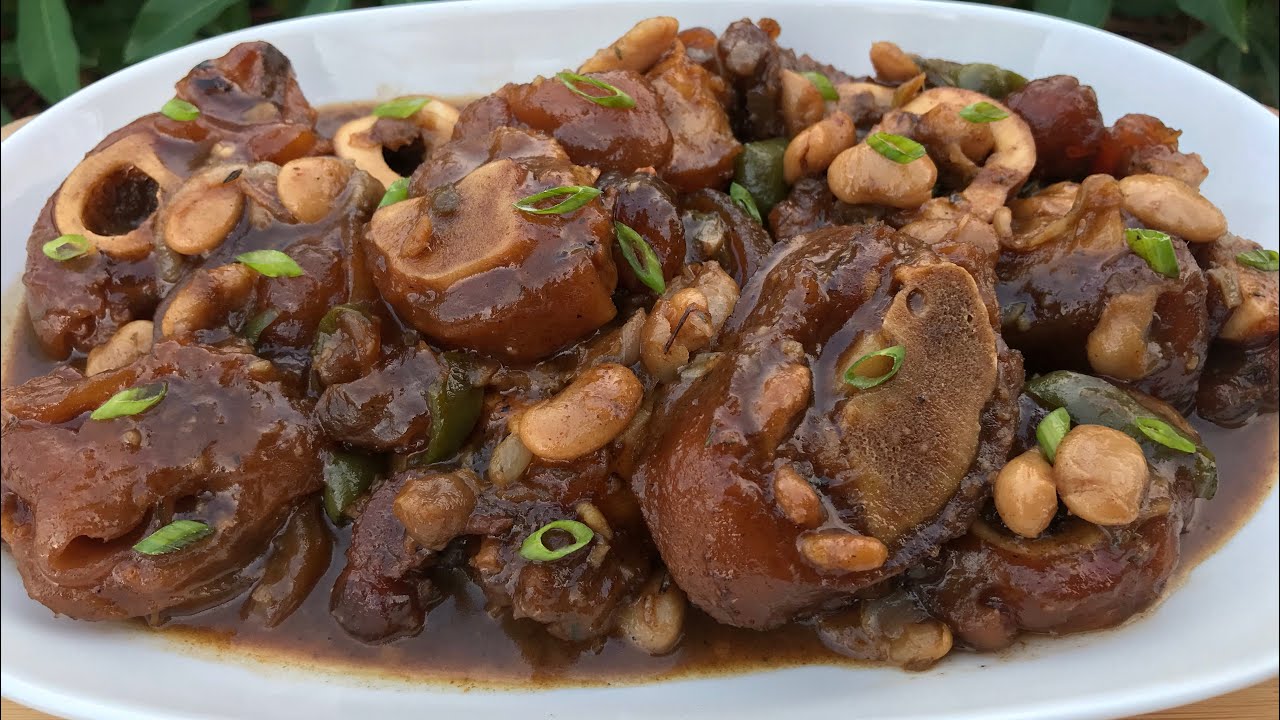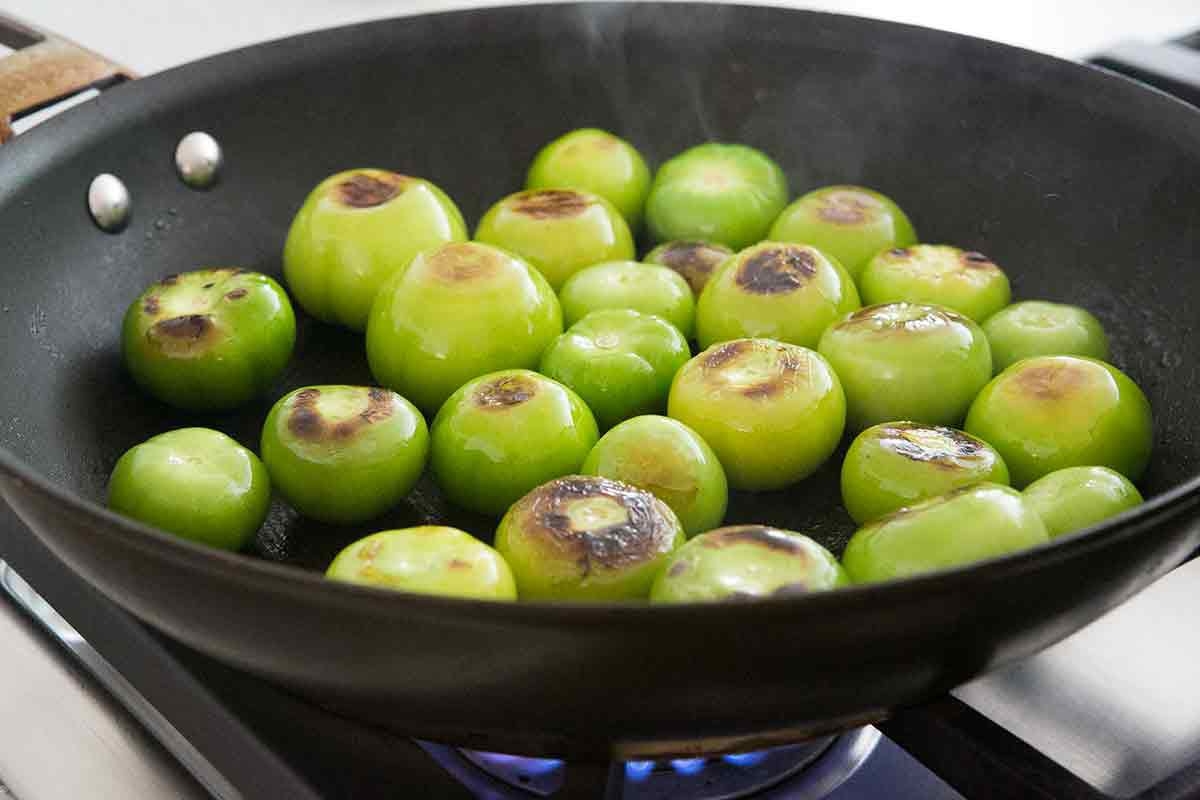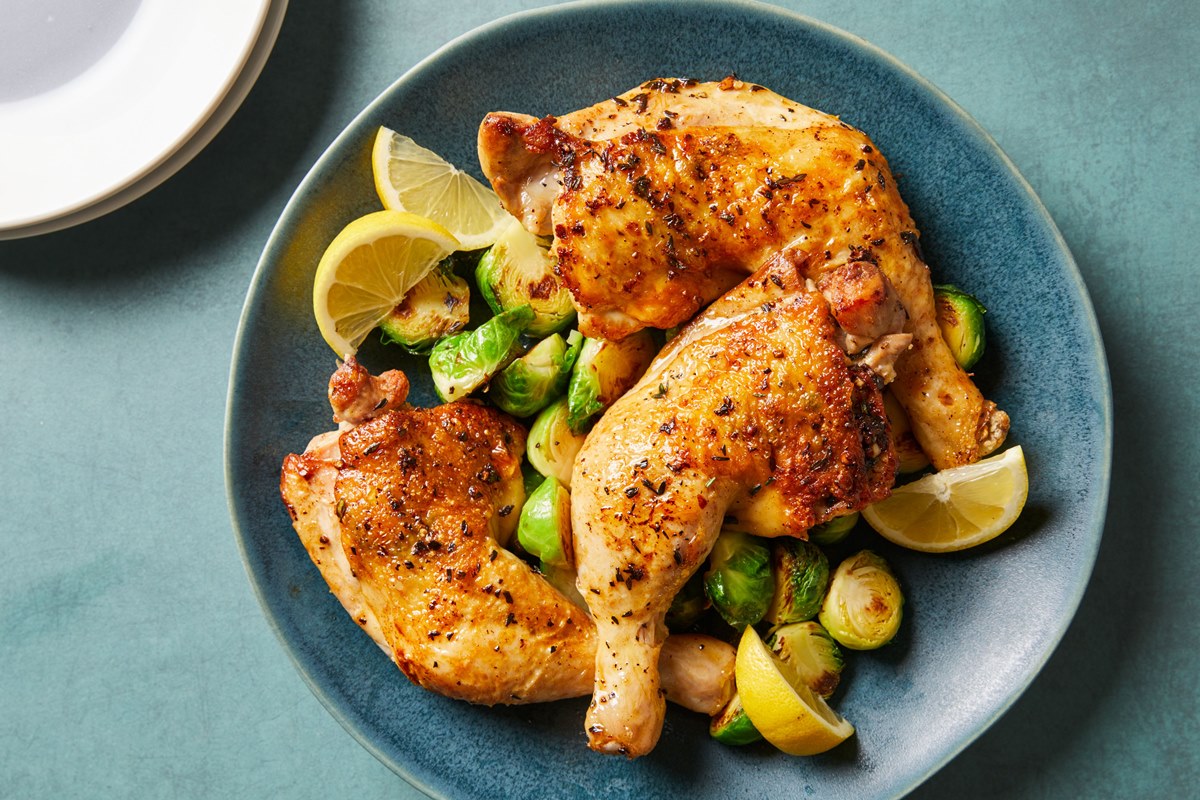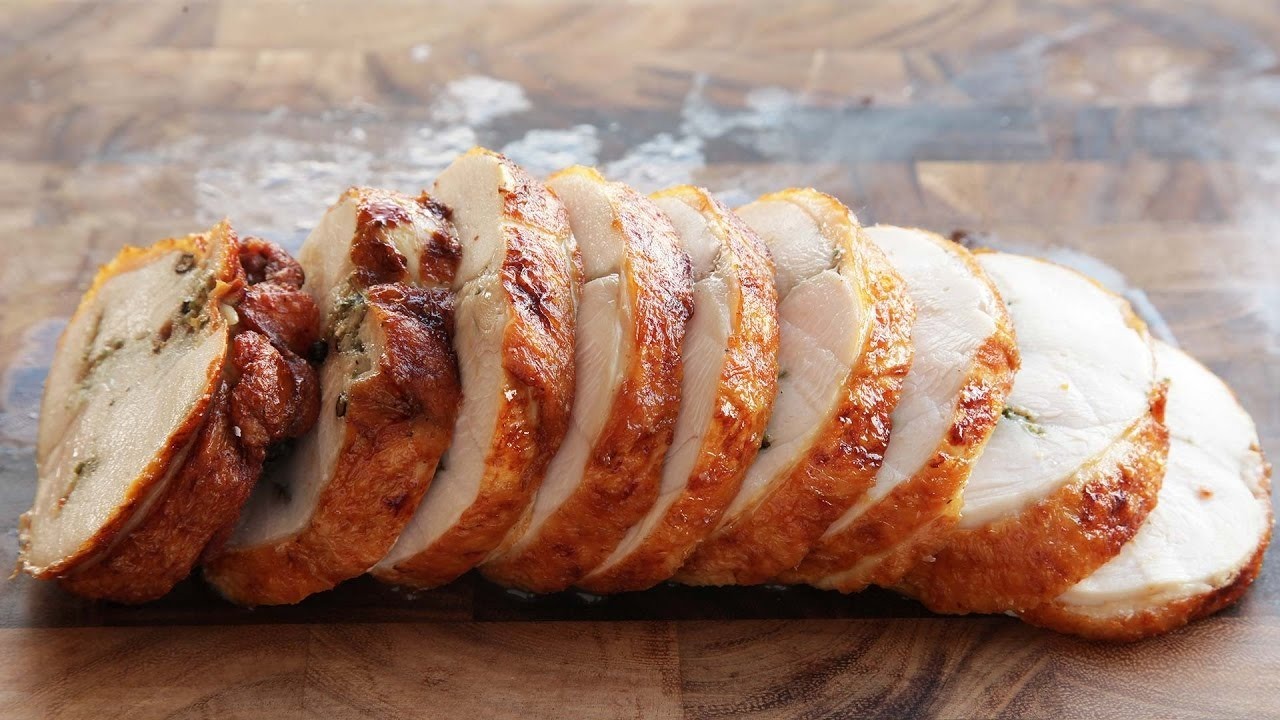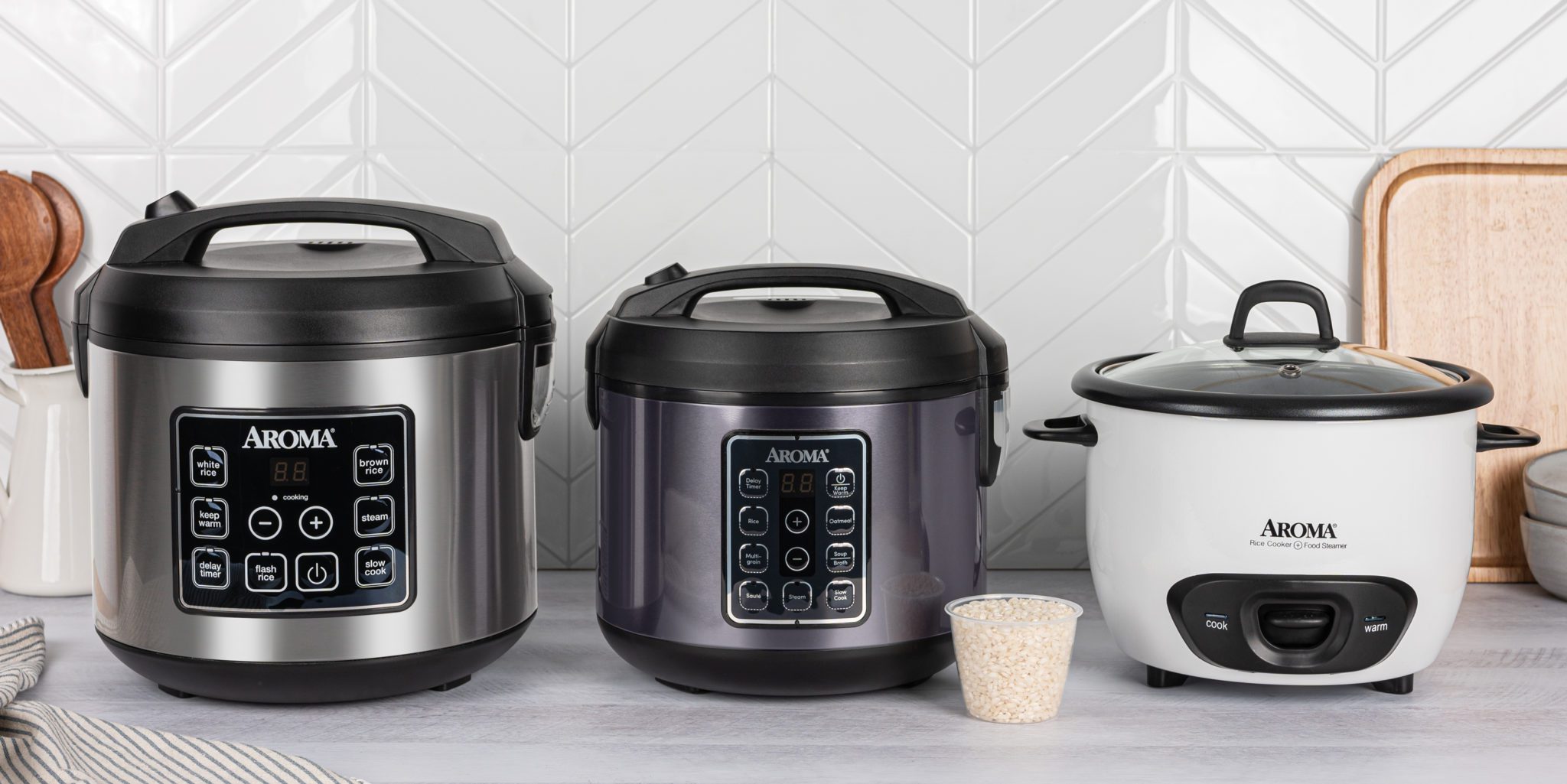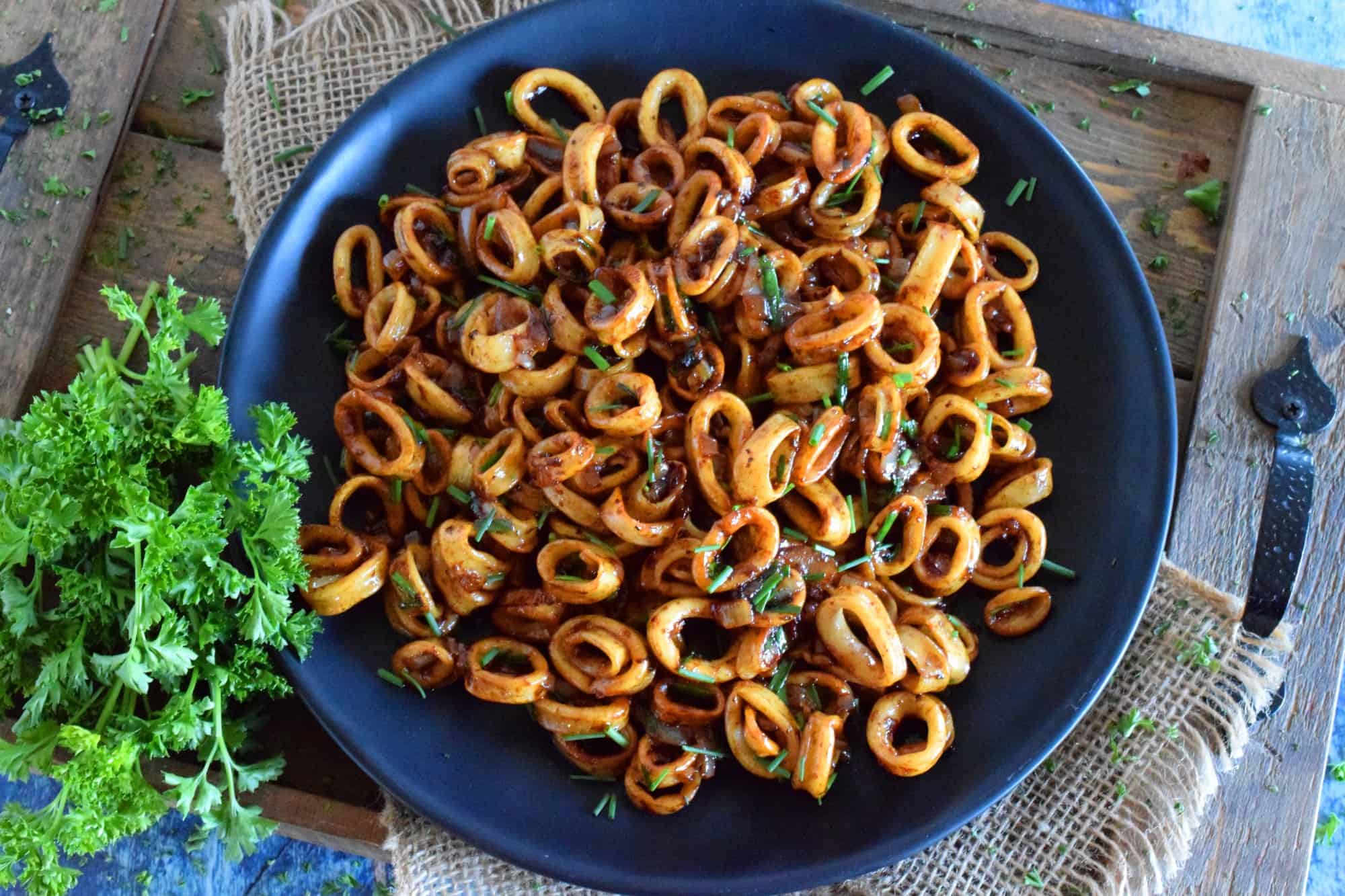Discover the Quick and Easy Way to Cook Snap Peas in the Microwave
Are you looking for a convenient and time-saving method to cook snap peas? Look no further than your trusty microwave! With just a few simple steps, you can enjoy tender and flavorful snap peas in no time. Let’s dive into this microwave cooking adventure together!
Why Choose the Microwave for Cooking Snap Peas?
The microwave is a versatile appliance that can help you whip up a variety of dishes in a flash. When it comes to snap peas, using the microwave offers several advantages:
- Saves time: Microwaving snap peas is a speedy cooking method that requires minimal preparation.
- Preserves nutrients: The shorter cooking time helps retain more of the nutritional value compared to other cooking methods.
- Uniform cooking: With the microwave, you can ensure even cooking of snap peas and avoid any unwanted crunchiness.
- No added fats: Cooking snap peas in the microwave eliminates the need for excessive oil or butter, making it a healthier choice.
Step-by-Step Guide to Microwaving Snap Peas
Now that you know the benefits of using the microwave, here’s how you can easily cook snap peas:
- Prepare the snap peas: Start by rinsing the snap peas under cool water to remove any dirt or debris. Pat them dry with a kitchen towel.
- Choose a microwave-safe dish: Select a microwave-safe dish that is large enough to hold all the snap peas in a single layer. This will ensure they cook evenly.
- Add seasoning: Drizzle a small amount of olive oil over the snap peas, and sprinkle some salt and pepper to enhance the flavors. Toss them gently to coat evenly.
- Cover the dish: If your dish has a microwave-safe cover, use it to cover the snap peas. Alternatively, you can use a microwave-safe plate to cover the dish loosely.
- Microwave on high: Place the dish in the microwave and cook on high power for 2-3 minutes. Cooking times may vary, so keep a close eye on them to prevent overcooking.
- Check for desired tenderness: After the initial cooking time, carefully remove the dish from the microwave and give the snap peas a gentle stir. If they are not yet tender enough, microwave them in 30-second intervals until they reach your desired tenderness.
- Let them rest: Once cooked, allow the snap peas to sit for a minute or two. This will help them retain their heat and finish cooking in residual steam.
- Season to taste: Before serving, taste the snap peas and adjust the seasoning if needed. You can add a squeeze of lemon juice, a sprinkle of grated Parmesan, or a dash of chili flakes to customize the flavor.
- Serve and enjoy: Transfer the cooked snap peas to a serving dish and enjoy them as a delicious side dish or incorporate them into your favorite recipes.
There you have it! In just a few simple steps, you can use your microwave to cook snap peas to perfection. Say goodbye to long stovetop cooking and embrace the speed and convenience of the microwave. Happy cooking!
For anyone looking to jazz up their snap peas, there's a bounty of microwave recipes to choose from. They can start with the Microwave Parmesan Snap Peas for a savory twist, or try the Microwave Lemon Garlic Snap Peas for a zesty kick. If they enjoy a bit of heat, the Microwave Spicy Chili Snap Peas will surely satisfy. For those who crave something sweet, the Microwave Honey Glazed Snap Peas are a delightful option. Each of these recipes offers a unique flavor profile, making it easy to switch things up while mastering the art of microwave cooking.
Was this page helpful?
Read Next: How To Cook Zummo’s Cajun-Style Boudin
